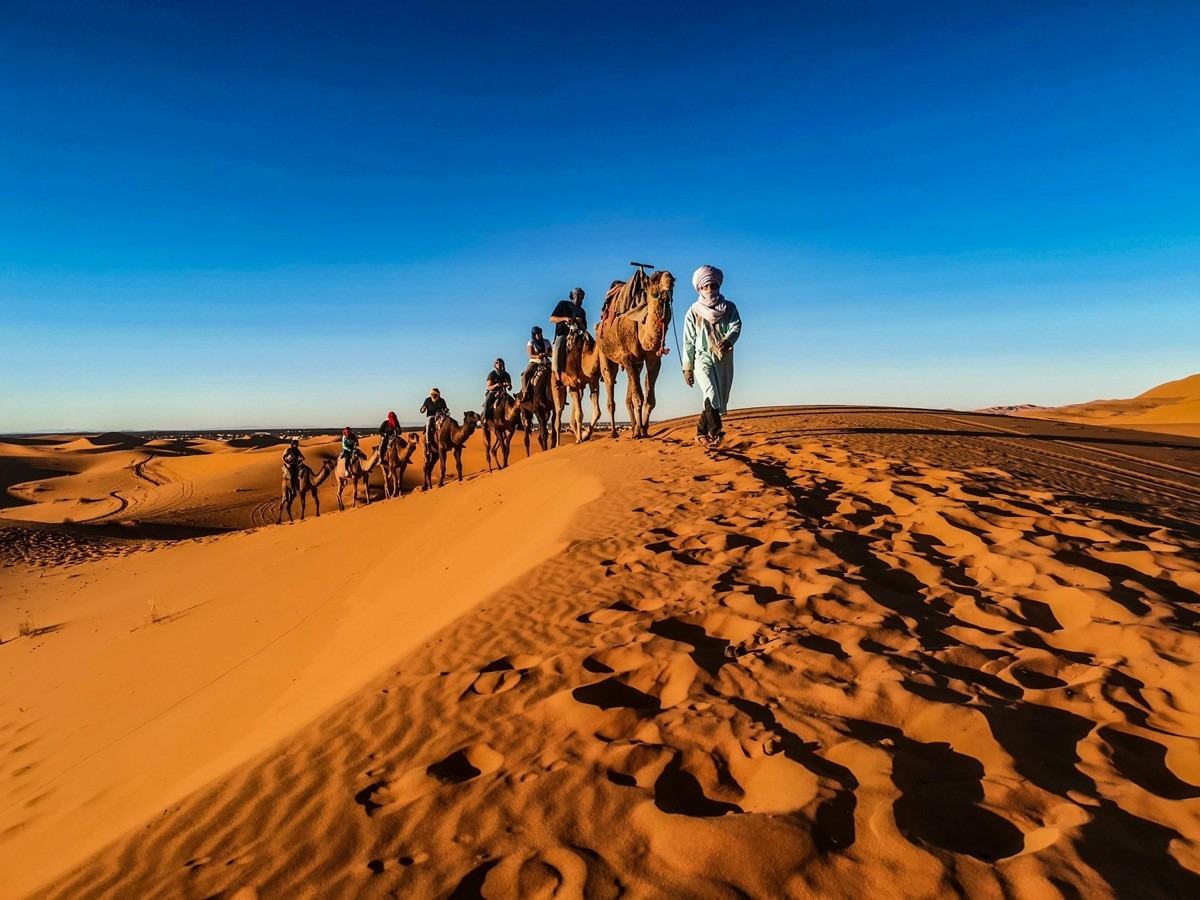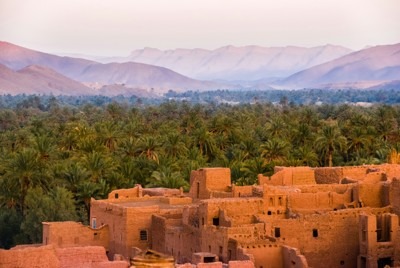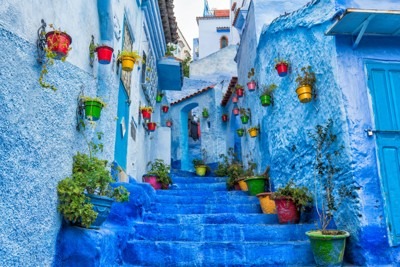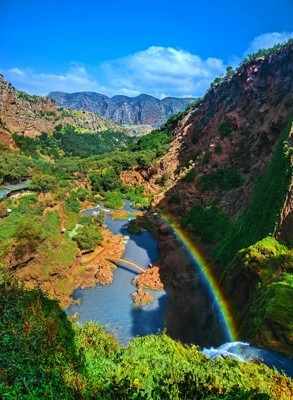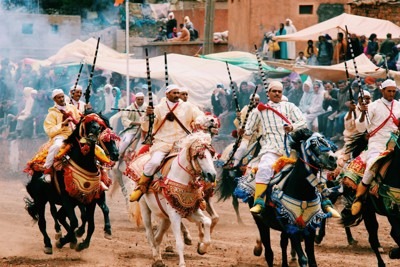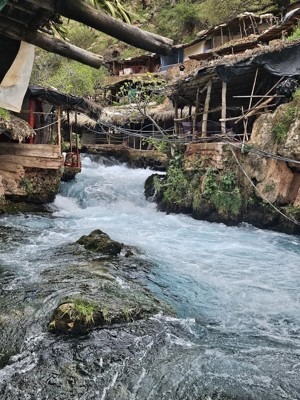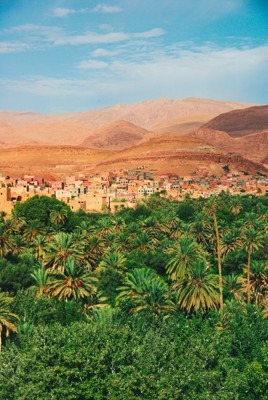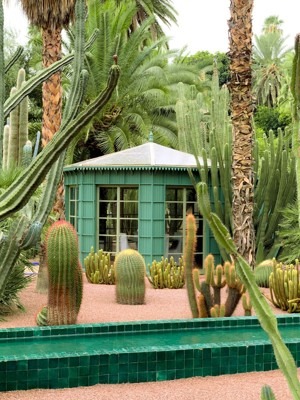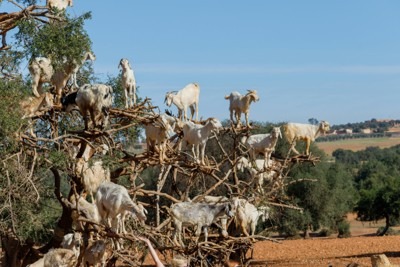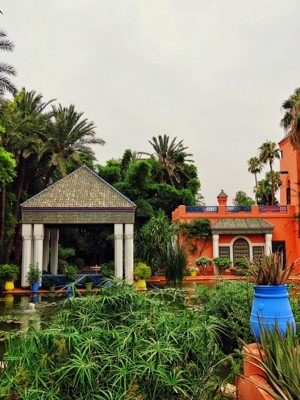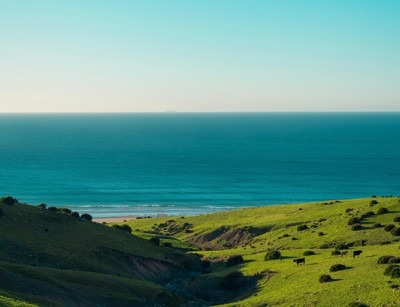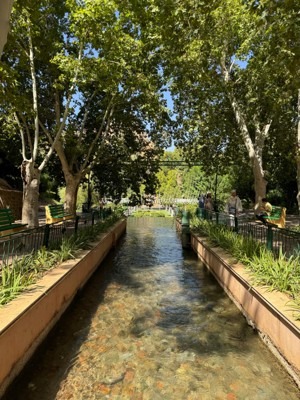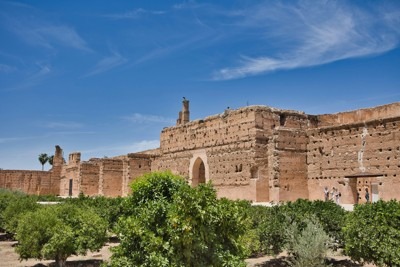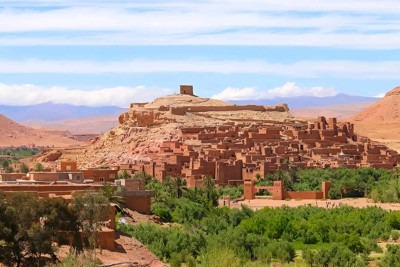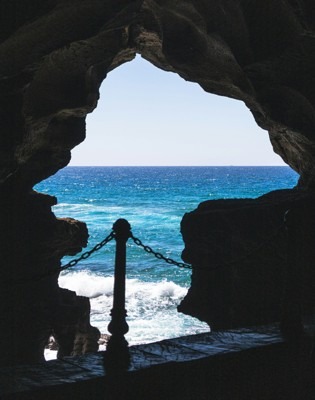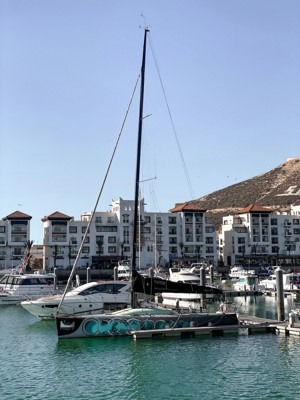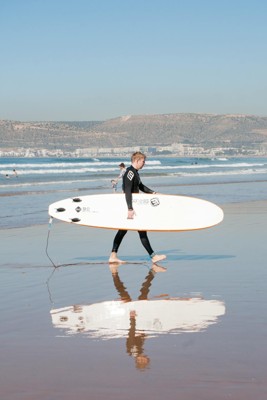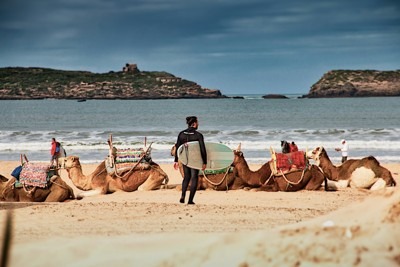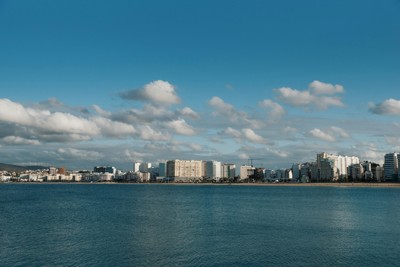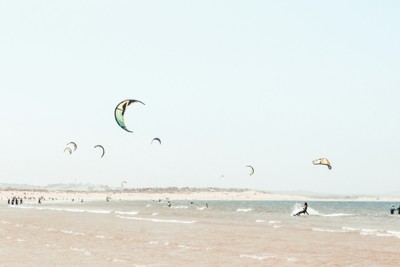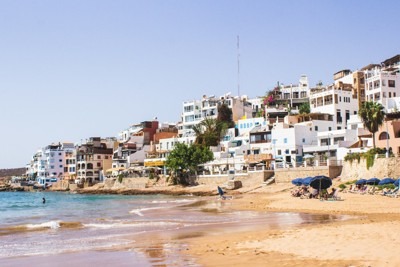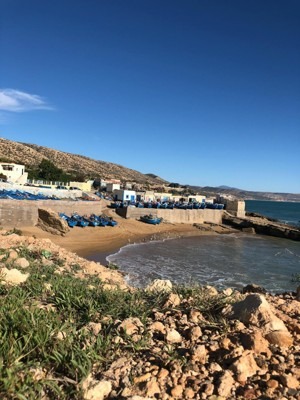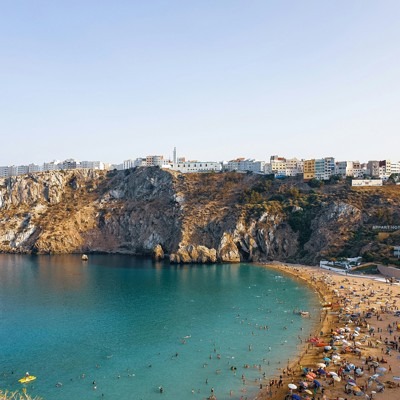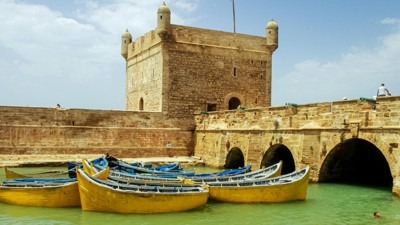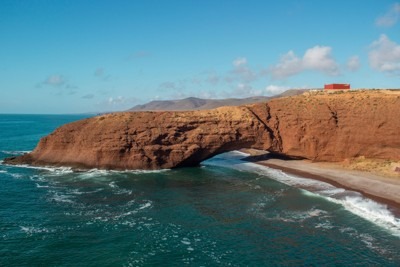Best Time to Visit Morocco
Best time to visit Morocco? By experince, I’ve learned that the timing of your trip to Morocco can make or break your visit. By combining my travel experiences with recommendations from other tourists, this guide determines the ideal time of year to visit Morocco, regardless of your preferences for beach days, desert excursions, or mild weather. With month-by-month weather information, crowd-avoidance advice, and eye-catching seasonal itineraries, this guide will help you plan the ideal Moroccan vacation.
Comprehending the Seasons in Morocco
Morocco’s varied landscapes—coasts, deserts, and mountains—mean that the best time to visit Morocco will depend on your travel schedule. Each season has its own vibe; I’ve lounged on the beaches of Essaouira in July and hiked the High Atlas in the cool November air. Based on my travels and climate data, the following is a breakdown of Morocco’s weather by month:
1. March through May (Spring):
Spring is the best time to visit Morocco. In the Atlas foothills, wildflowers are in bloom, and temperatures in Marrakech, Fez, and along the coast average between 20 and 26°C. In April, the air was warm but not stuffy as I walked down the blue alleys of Chefchaouen. Low rainfall and sunny days make it the perfect place to shop in the souk or trek the Atlas Mountains.
Advice: Spring is a popular season for staying in riads — make sure to book early!
Budget: Spend between $50 and $100 a day.
2. June through August (Summer):
When is the best time of year to visit Morocco‘s beaches? July or August, but expect crowds and higher prices ($80 to $150 per day).
In the summer, Marrakech can reach 38°C, and the Sahara can reach 43°C. I found that the milder temperatures (25–30°C) in coastal towns like Agadir, Essaouira, and Tangier made them perfect for beach days or water sports like kitesurfing.
Recommendation: Stay in air-conditioned riads like Riad Yasmine in Marrakech for $60 to $120 per night.
3. September through November (Autumn)
Autumn is another prime window for the Morocco best time to travel. Temperatures cool to 22-28°C in Marrakech and Fez, and the Sahara becomes bearable (30-35°C). I hiked to Ouzoud Waterfalls in October, the trails were quiet and the falls sparkling. Better tours ($30–$60) are offered when there are fewer tourists.
Tip: For cold desert evenings, bring layers.
4. December through February (Winter)
Winter is full of surprises. Although the temperatures in Fez and Marrakech remain pleasant (15–18°C), I have witnessed the breathtaking sight of snow dusting the Atlas peaks in January. The Sahara is perfect for camel treks because it’s cool (10–20°C). Essaouira’s coast remains sunny, though windy.
Tip: Winter’s low season means fewer crowds and cheaper riads ($40-$80/night).
Budget: $40-$80/day.
Best Time for Specific Activities
The best time of year to visit Morocco hinges on what you want to do. Here’s how to align your plans with the seasons, based on my adventures and others’ stories:
1. City Exploration (Marrakech, Fez, Chefchaouen)
Best time: Spring or autumn. I wandered Fez’s medina in March, the 24°C weather perfect for navigating its 9,000 alleys. What to see in Marrakech Morocco: Jemaa el-Fna Square buzzes year-round, but spring’s mild days make long walks comfortable.
Tip: Book a guided medina tour ($15-$25 via Viator) for cultural insights.
Budget: $50-$100/day.
Morocco weather by month: Steer clear of the 38°C heat during city tours in the summer.
2. Hiking in the Atlas Mountains
Best time: November to February. I trekked to Toubkal’s base camp in November, the 10-20°C air crisp and the trails quiet.
Hiking in the Atlas Mountains: Winter snow adds charm but requires crampons. Spring and autumn work for gentler trails like Ourika Valley.
Tip: Hire Berber guides ($20-$50/day) via Toubkal Guide.
Budget: $60-$120/day with guides.
3. Sahara Desert Adventures
Best time: November to February. I camped in the Sahara in December, and the 15°C nights were perfect for stargazing. Summer’s 43°C heat is brutal, so avoid June-August.
Budget tips for visiting the Sahara Desert: Book 3-day tours from Marrakech ($50-$100 via GetYourGuide).
Tip: Pack a warm jacket for desert nights.
Budget: $70-$150/day.
4. Beach and Water Sports
Best time: June to August. I kitesurfed in Essaouira in July, the 25-30°C coast is ideal. Agadir’s beaches are lively, with water sports schools offering lessons ($20-$40). What is the best month to visit Morocco for the beaches? July for warm seas, but book hotels early ($60-$120/night).
Tip: Try Essaouira’s Café de la Plage for beachfront lunch ($5-$10).
Budget: $60-$120/day.
Navigating Peak and Shoulder Seasons
The best time to visit Morocco also depends on expenses and crowds. June through August is peak season, when souks are packed and costs are higher. During my summer visit to Majorelle Garden, there were long lines and $15 admission fees. There are fewer tourists and better bargains during the shoulder seasons (spring and autumn); in October, I was able to book a riad for $40 per night. Winter is the quietest season, and tours and accommodations are less expensive.
Tip: Use Booking.com for off-season riad deals ($30-$60/night).
Visiting During Ramadan
The month-long Islamic fast known as Ramadan has a considerable impact on travel. During Ramadan, and while the spiritual vibe was profound, some restaurants in Marrakech closed during the day, and the Saadian Tombs had shorter hours.
Things to consider when travelling to Morocco during Ramadan: Evening markets like Jemaa el-Fna Square thrive with iftar feasts ($5–$15), but many stores open late.
Tip: Respect fasting locals by eating discreetly during the day.
Moroccan customs and etiquette: Say “Ramadan Mubarak” to connect
Morocco Weather by Month: A Detailed Look
Here’s a month-by-month guide to morocco weather by month, based on my travels and climate data:
Data source: AccuWeather and Morocco’s climate records.
Tip: Check forecasts before hiking or desert trips.
Practical Tips for Planning Your Trip
Drawing from my journeys and travelers’ insights:
Seasonal Itineraries for Morocco
To make your trip unforgettable, I’ve designed seasonal itineraries for the best times to visit Morocco, each tailored to the season’s unique mood and Moroccan weather by month. These itineraries, which I tested while traveling, include recommended durations, important activities, and tips to help you get the most out of your trip. Whether you’re looking for the best month to visit Morocco or the ideal time to travel to Morocco, these itineraries have you covered.
Spring Itinerary: 7 Days (March-May)
Spring’s mild 20-26°C weather is perfect for cities and light hikes. Best time to go to Morocco for cultural immersion and vibrant landscapes.
Map Access: Use Google My Maps with layers for each day, marking morning, afternoon, and evening routes, downloadable offline.
Tip: Book Ouzoud tours and cooking classes via Viator or Cafe Clock’s website.
Summer Itinerary: 4 Days (June-August)
Summer’s 25-38°C heat suits coastal escapes. Best time to visit Morocco for beaches and water sports.
Autumn Itinerary: 7 Days (September-November)
Autumn’s 22-28°C weather is the best time to discover Morocco’s imperial cities in 7 days: Marrakech to Rabat, Fez & Chefchaouen. Complete guide with details for each stop.
Tip: From Chefchaouen, many travelers return via Tetouan and Tangier to catch a flight or ferry to Europe. In spring, this route is especially beautiful with lush green landscapes. Add 1–2 days if you’d like to explore Tetouan and Tangier.
Winter Itinerary: 6 Days (December-February)
Winter’s 15-18°C days suit desert trips and quiet city visits. Is concidered as the Best time of year to visit Morocco for budget travelers.
Plan Your Moroccan Adventure
The best time to visit Morocco depends on your dreams—spring’s wildflowers, summer’s beaches, autumn’s desert treks, or winter’s quiet souks. As a local who’s felt the Sahara’s cool nights and haggled in Fez’s medina, I promise Morocco’s magic shines year-round. Pick your season, follow these itineraries, and let the morocco best time to travel guide you to an unforgettable journey.

